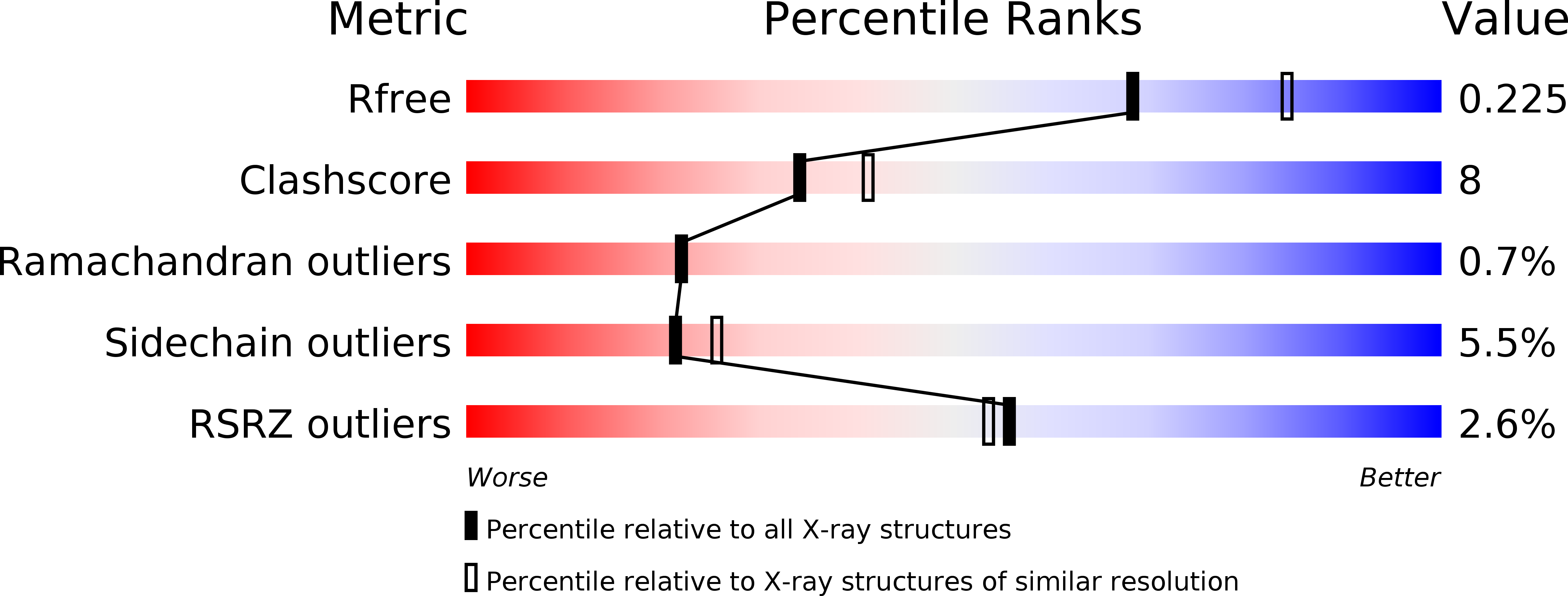
Deposition Date
2010-08-06
Release Date
2010-08-18
Last Version Date
2024-11-20
Entry Detail
PDB ID:
3OB1
Keywords:
Title:
Crystal structure of c-Cbl TKB domain in complex with double phosphorylated Spry2 peptide
Biological Source:
Source Organism:
Homo sapiens (Taxon ID: 9606)
Host Organism:
Method Details:
Experimental Method:
Resolution:
2.20 Å
R-Value Free:
0.22
R-Value Work:
0.18
R-Value Observed:
0.18
Space Group:
P 6


